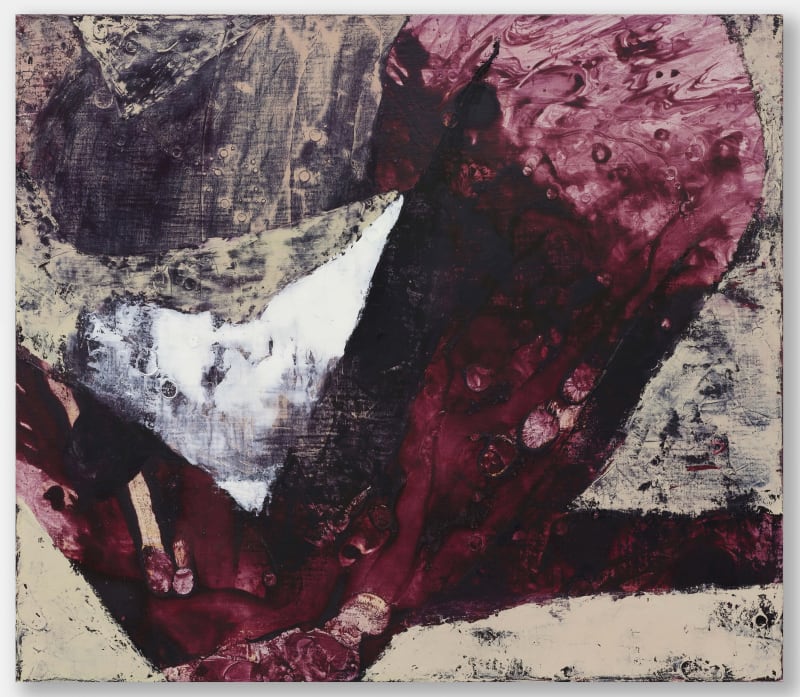Doron Langberg has long been searching for a way to solve the problems of painting, while simultaneously viewing painting as a materialization of ideas. This determination presents his characters in his works as both the product of a volume and spatial relationship that is piled up with colors and brushes, but also as a substitute for the painted objects themselves. Accordingly, the process of painting is transformed into a heart-to-heart conversation between the artist himself (in terms of his role in the process, he is more of an individual with social attributes than a drawing manipulator who deals with paints and canvases) and the model (in this process, the model is not simply a body that occupies certain space, but also has the will to act and the intention to interact). Therefore, it can be well imagined that he has constantly painted his familiar relatives, friends, lovers and even himself.
In the Bent series, Langberg puts a screen shot from a self-performed, pornographic video clip into the frame. In the screen shot, he is naked, lying down on his back, his legs lifted high, trying his hardest to swallow his private parts with his own mouth. In the composition of three Bent paintings, this theme recurs in various manifestations. In the piece Bent, although the facial features are clearly sketched, the brushwork and texture of the painting as a whole does not depend on the layout of the object’s own light and darkness, but instead attempts to form a set of “self-sustained” logic, which is independent from the painting object. As a matter of fact, the colors of these paintings are partially made through Marbleization - a dyeing technique once popular in places like Turkey and India in the 15th Century, with numerous color solutions prepared into a certain combination of colors, and then onto the paper is reversely printed this pattern in the solutions - that is to say, Langberg’s artistic creation does not strictly control the painting process to conform to his own foresight. Even if he did make certain adjustments with a brush after dyeing, the appearance of the piece as a whole tends to lead to a kind of uncertainty at the end.
Bent 2 uses the same coloring technique, although the color is so bright and stunning that it may cause some discomfort to the audience. The background and the subject of the painting are separated by the intensity of contrast between their colors. Among the two, the former is soft, the latter solid, and it seems as if some weak opposition has been formed, but in reality it remains visually chaotic. In Bent 3, the artist simply uses a black oil painting stick to construct the lines, but the “marble-like” effect is still attained: a defamiliarization of images has been achieved.
Langberg demonstrates the extremely intimate relationship - the relationship between him and himself - in the form of having sex with himself, and then dissolves it into an abstract pattern. Thus, here arises the following paradoxical situation: the self (body) that occupies the physical space and the self in the general sense (constructed by the concepts of time and experience, that is, the consciousness level of “self”, a non-space-occupying concept contrast to “body") forms a ritualized sexual relationship. While the artist is viewing the images (representing illusion of his “self”) generated from this relationship, due to the strangeness caused by technology, he still cannot identify whether the object which the images refer to truly represents his own body and will. In this process, the self, or the subject, is constantly alienated into others or objects, and accordingly, Langberg transforms the divide of this universal sense of the “self” and the “other”, which can be seen everywhere in this world, into illustrations, and along with the absurdity of such division, he places them more clearly in front of everyone. As a result, his paintings trigger the ethical implications of postmodernism.
Translated by Geoffrey Wang


